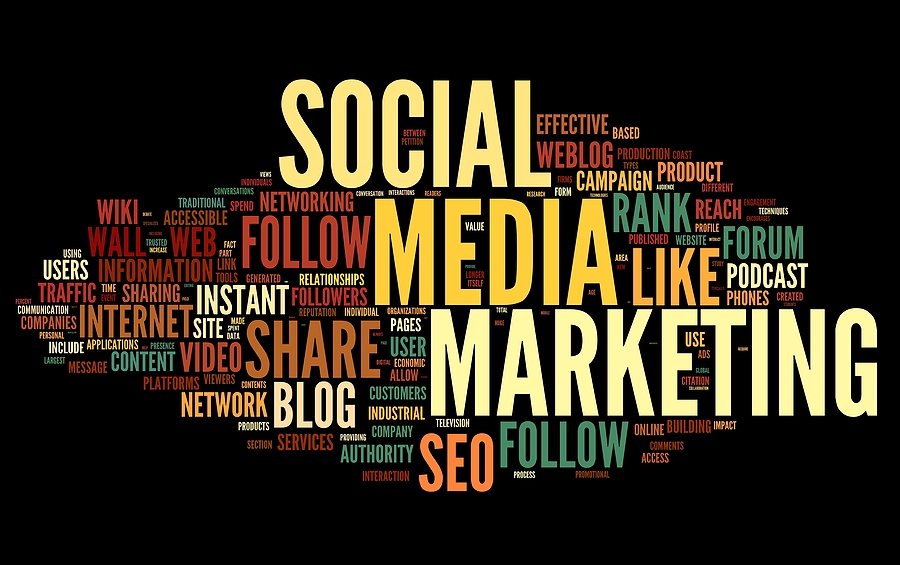When it comes to driving traffic to a website, webmasters and marketers have a variety of strategies to consider. Among social media, organic search, paid media, email marketing and other channels, every method has its time and place.
But like any other business, your goal should be to acquire customers with cost-effective marketing efforts. Considering that email marketing provides $40 ROI per $1 spent, nearly twice as much as the next-highest channel (SEO), it’s clear that any company not using email to drive traffic and conversions is overlooking huge potential.
Below I’ll discuss the basics of succeeding in email marketing so siteowners can start planning effective campaigns of their own.
Build Your Email List
A lean way to develop your inbound marketing strategy is to focus on building your email list. Whether it’s through landing page creation, engaging blog articles or producing marketing collateral like case studies, reports and whitepapers, offering value is the key to netting more email contacts.
For blog articles, you’ll want to include a one-line call-to-action on your subscribe button to entice readers to sign-up for emails to receive your stellar content. For other types of resources, it’s perfectly fine, and recommended, to require a name and email in exchange for a resource download. If you’ve truly created something valuable, then users will be willing to give up their email to access it.
Check out Klean Leads to easily complete your list of emails.
Choose a User-Friendly Email Client
Between creative and strategy roles to analytics, development and QA, email marketing requires several roles to execute effectively. This is because of the myriad ingredients that go into a successful email campaign. To ease your email marketing process, look for a email marketing client that’s easy to use, and potentially, can eliminate a few roles. The best email marketing software provides customized email templates, nuanced audience segmentation, embeddable opt-in forms for your website and a robust analytics suite. Top providers include MailChimp, Emma, Remarkety, Constant Contact and Aweber, among others.
Take the Time to Segment Emails
Having a giant list of emails you’ve acquired from landing pages, help forms, blog subscriptions and other means is terrific. However, if you treat that giant list as one customer, you’ll have a hard time resonating with anyone. Segmenting your email list in a CRM or marketing automation platform helps you develop targeted email messaging in your campaigns to engage users to the fullest. From standard segmentation like geography, income and education to behavioral traits and interests — you’d be surprised how many details you can use to target all your customer personas.
Don’t Spam
An email list is one of the most valuable tools a business possesses. But to ensure your lists continue to grow and produce results, you’ll need to treat your subscribers and their inboxes with the utmost respect. According to a SendGrid Global Email Benchmark Report that analyzed almost 50 billion messages to over 100,000 senders across the top 25 email industries, email fatigue is real.
In 2017, the monthly send rate across industries was 8.1 with a 14.6 percent unique open rate and unique click rate of 1.7 percent. While you don’t want to fire off eight emails a month if you’re just starting to experiment with email campaigns, you’ll need to develop a certain cadency without becoming a pest.
Spamming can involve your content or how your emails look in addition to how often you send them. If you haven’t fleshed out your branding, you brainstorm different concepts and colors by creating a free logo with Shopify’s new tool, Hatchful. Make sure to include an opt-out button in your email, don’t use misleading subject lines and keep the formatting clean. If your email doesn’t look credible or trustworthy, or if users don’t have the option to unsubscribe, your email could be flagged as spam.
Offer Something
People love deals and offers. Building some of your email campaigns around exclusive offers ups engagement, conversions and your bottomline. You could send an email to inactive users urging them to come back with a gift card that expires in a week. You could introduce a new selection of products, possibly a curated gift basket ahead of the holidays. Or you could offer unique value with a content roundup highlighting must-read stories from around the web, and a few from your own blog. You can do all these things and you can ask for help from an email AI in creating an effective email content.
What you offer isn’t as important as offering something. If your email doesn’t have a clear purpose, how can you expect subscribers to follow through with an action? LIkewise, if you have too many offers in your email, users won’t know which one to choose. Above all, don’t get caught in the trap of ‘doing it for the sake of doing it.’ Like content marketing, going through the motions costs brands money and provides minimal, if any, results.
Experiment, Measure, Tweak, Repeat
Very few, if any, companies get email marketing right on the first go-around. Don’t be afraid to experiment with different types of campaigns. Just make sure you’re evaluating the effectiveness of your campaigns. Per HubSpot, the top email marketing KPIs to track include open rate, clickthrough rate, conversion rate, bounce rate, list growth rate, email sharing/forwarding rate, and, of course, the overall ROI of all your email campaigns.
Figuring out an efficient way to build your email list, regularly create new campaigns with fresh messaging, and then tracking, measuring, tweaking, executing and repeating it all won’t be a quick process. But if you want to develop email marketing as one of your top traffic and revenue-generating channels, and a pretty ROI on top of it, you need to put forth the time and effort to make it so. Following these basics to succeeding in email marketing will help get you there.
Image Source: BigStock.com (licensed)
Related Categories: Tech, Reviews








